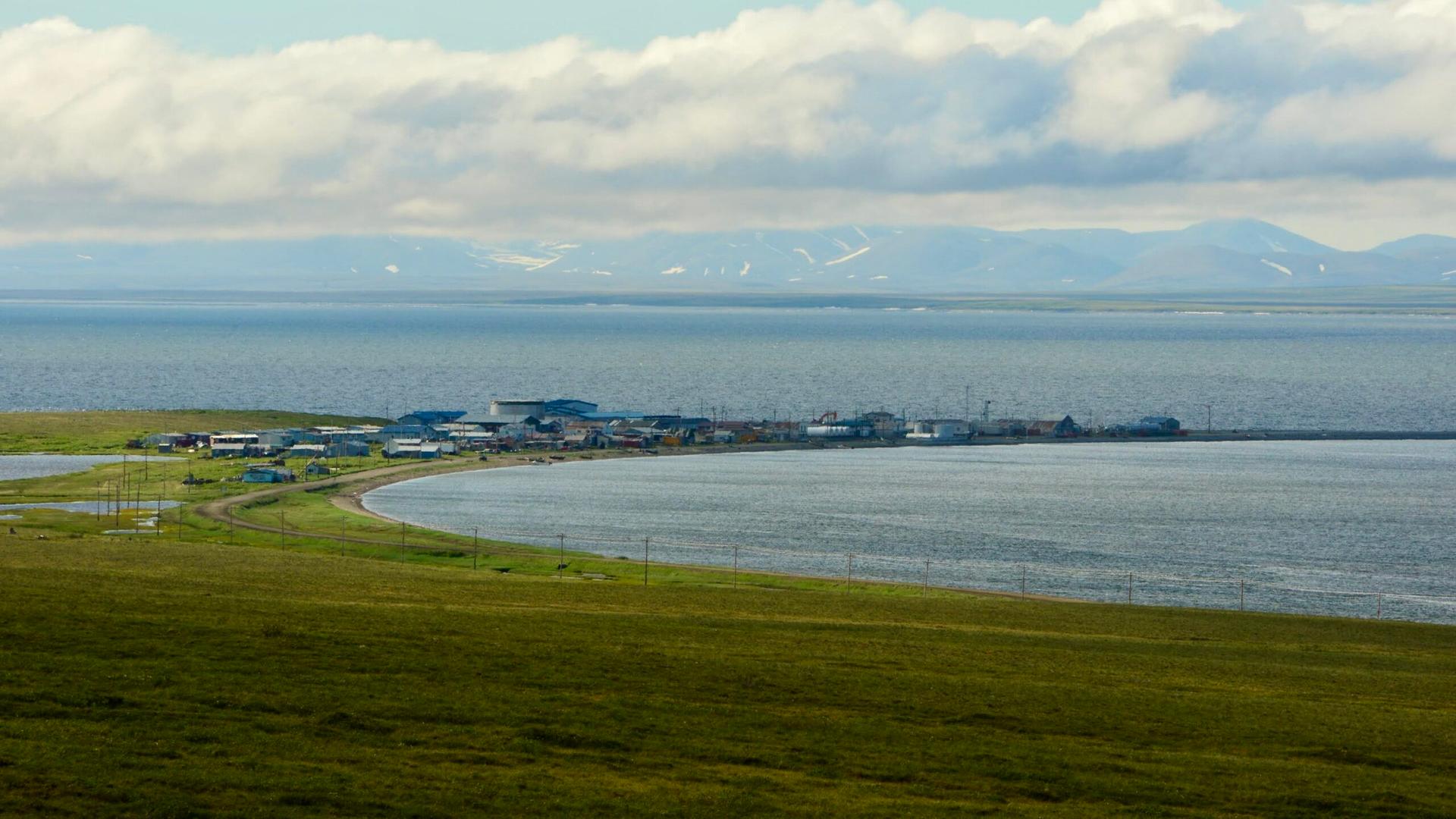China cut graphite imports to the US, worrying EV carmakers. Can Canada come to the rescue?
If the US is going to supercharge its production of electric vehicles and its batteries, it’s going to need a lot more graphite.
Graphite is a key battery component, and currently, much of the supply comes from China — particularly when it comes to the highly processed form used in electric vehicles (EV).
Amid increasing tensions, the Chinese government placed new export controls on shipments of graphite on Dec. 1. And the recent move is getting attention in North America, where companies are eyeing graphite deposits that could feed the domestic supply chain.
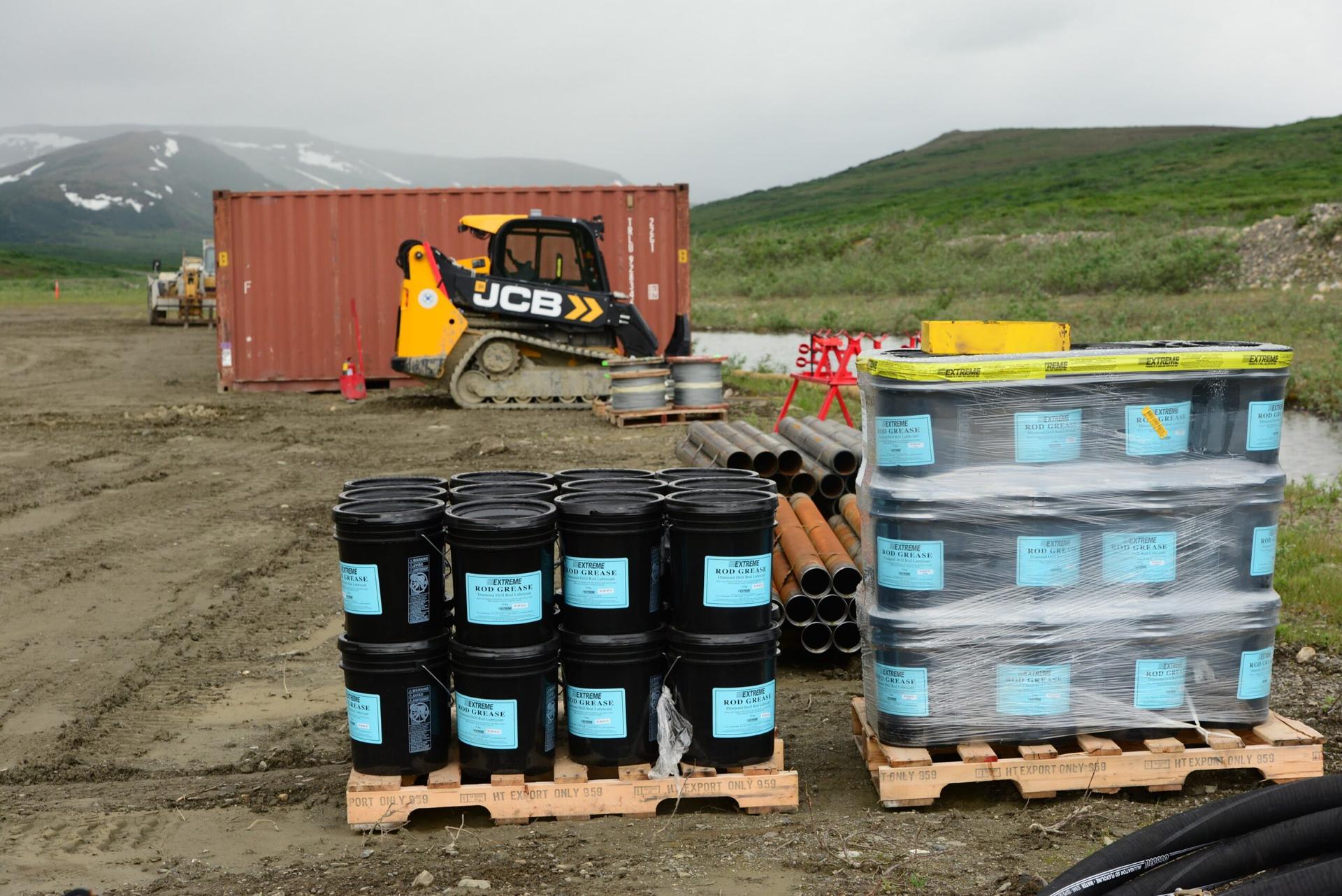
That includes Alaska’s Seward Peninsula, the finger of land in the western end of the state that stretches toward Russia and the Bering Strait.
This past summer, US Sen. Lisa Murkowski traveled to the area, to what the US Geological Survey says is the country’s largest graphite deposit. She flew in by helicopter to the remote site tucked between mountains and a huge tidal estuary.
There, she visited an exploration camp that belongs to a Canadian company, Graphite One. With help from the US government, it could one day become the site of a mile-wide, open pit mine.
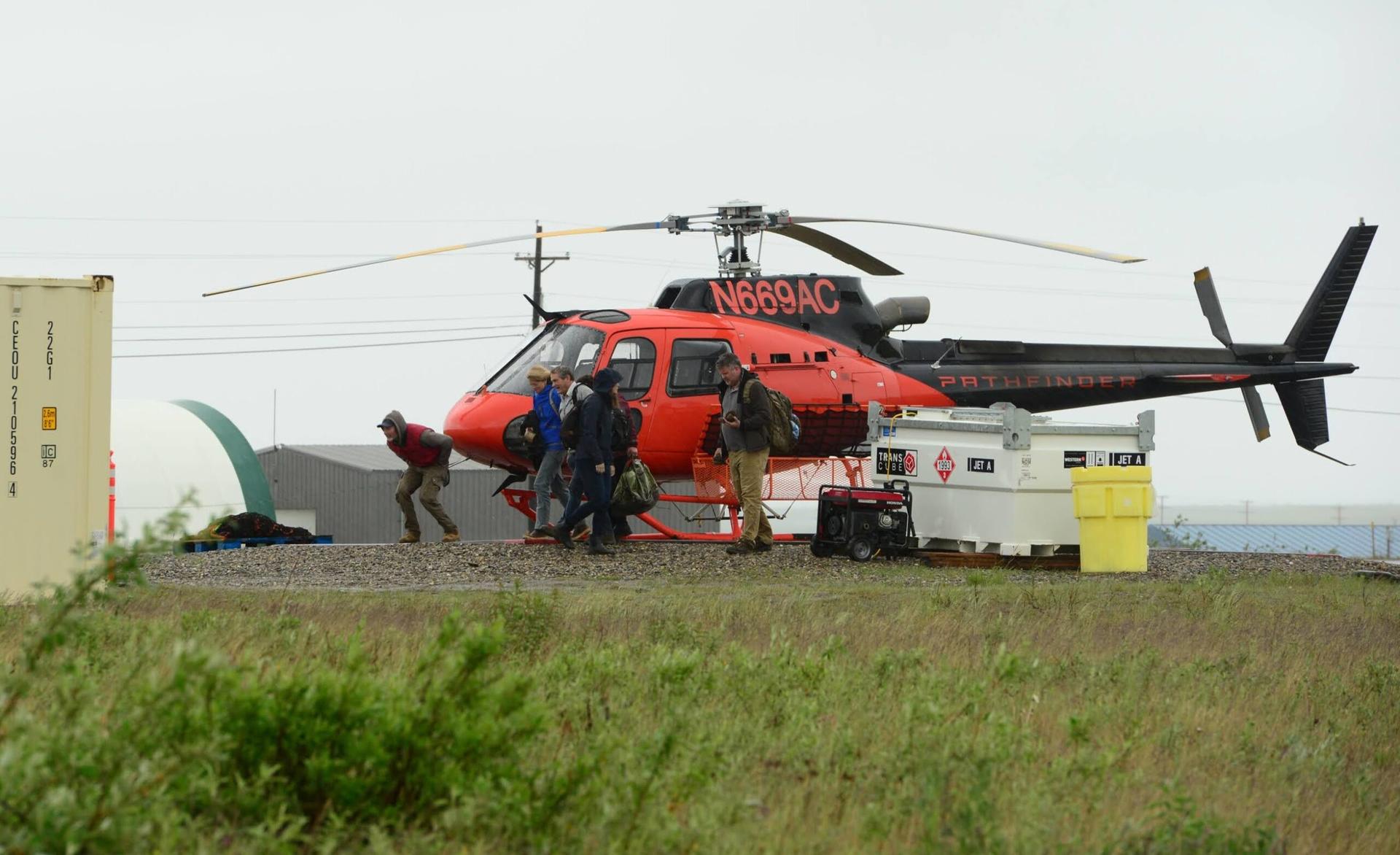
While construction is still years away, the project is getting a grant of nearly $40 million from the US Department of Defense to speed up its development — a step that Murkowski supported.
“If we’re going to talk electric vehicles, if we’re going to talk about the contents of your cell phone, you’re going to want graphite,” she said in a video she later posted to social media. “You’re going to want American graphite. And why not Alaskan graphite?”
Graphite One is among a number of mining companies developing new mineral deposits in Alaska. And while this work is supported by the US government, many of the companies are headquartered in Canada or elsewhere.
Gracelin Baskaran, a mining economist at the Washington-based Center for Strategic and International Studies, said the US has not focused on mining in “a very long time.”
“We have actually turned to companies like Rio Tinto, Anglo American, BHP,” she said. “We turn to these giant mining companies, and sometimes we forget that they’re not American.”
Some of the Indigenous people with ties to the area of the Alaska graphite deposit would rather see the graphite stay in the ground. Teller and Brevig Mission are the two Iñupiaq villages nearby, and Brevig Mission is only accessible by plane or boat.
The nearest full-sized grocery store is 70 miles away, so many residents subsist on harvests of salmon, moose and berries in the vicinity of Graphite One’s project.
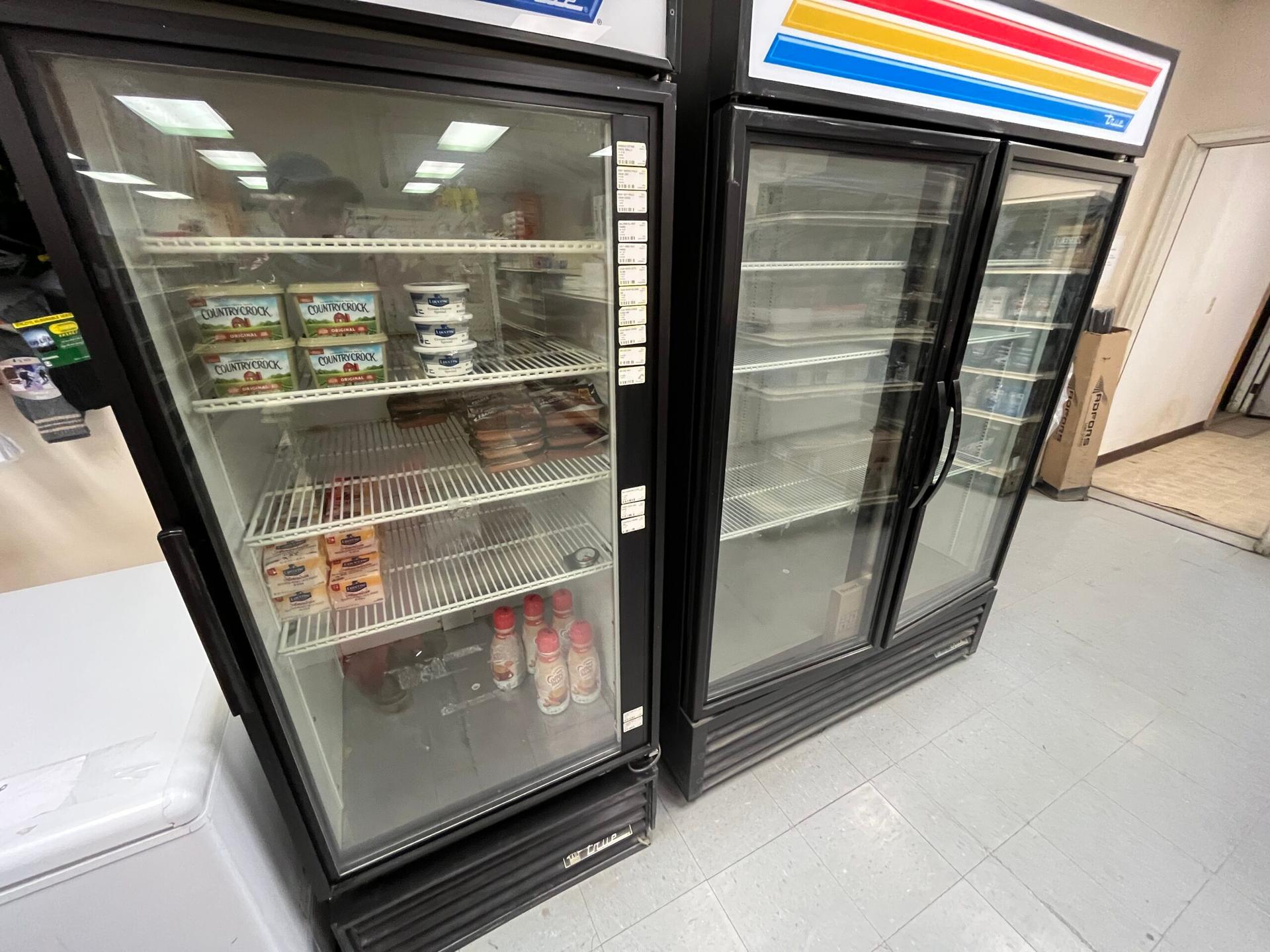
“The further they go into the mine, our subsistence is just going to move further and further away from us,” said Gilbert Tocktoo, president of Brevig Mission’s tribal government. “Sooner or later, it’s going to become a question of: Do I want to live here anymore? Or do I want to make a choice to move?”
Graphite itself isn’t toxic, but Graphite One is still examining whether mining it could generate heavy metals.
The mining techniques under consideration pose a relatively low risk, said Dave Chambers, president of the Montana-based Center for Science in Public Participation, which provides technical assistance to tribal and advocacy groups on mining issues.
But, he added, that doesn’t mean “no risk.”
“There is always a possibility for some sort of catastrophic failure — but that doesn’t happen very often,” he said. “There’s also a possibility there will be no impact — that doesn’t happen very often, either.”
Some residents of the nearby villages say they’re open to the development.
“If it’s good and clean, so be it — it’s money,” said Nick Topkok, a Teller resident.
Topkok, who was taking a break from hanging salmon to dry on the beach in his village of Teller, said he doesn’t oppose Graphite One. Four in 10 residents live in poverty in Teller, and Topkok said a mine would create jobs in a place that needs them badly.
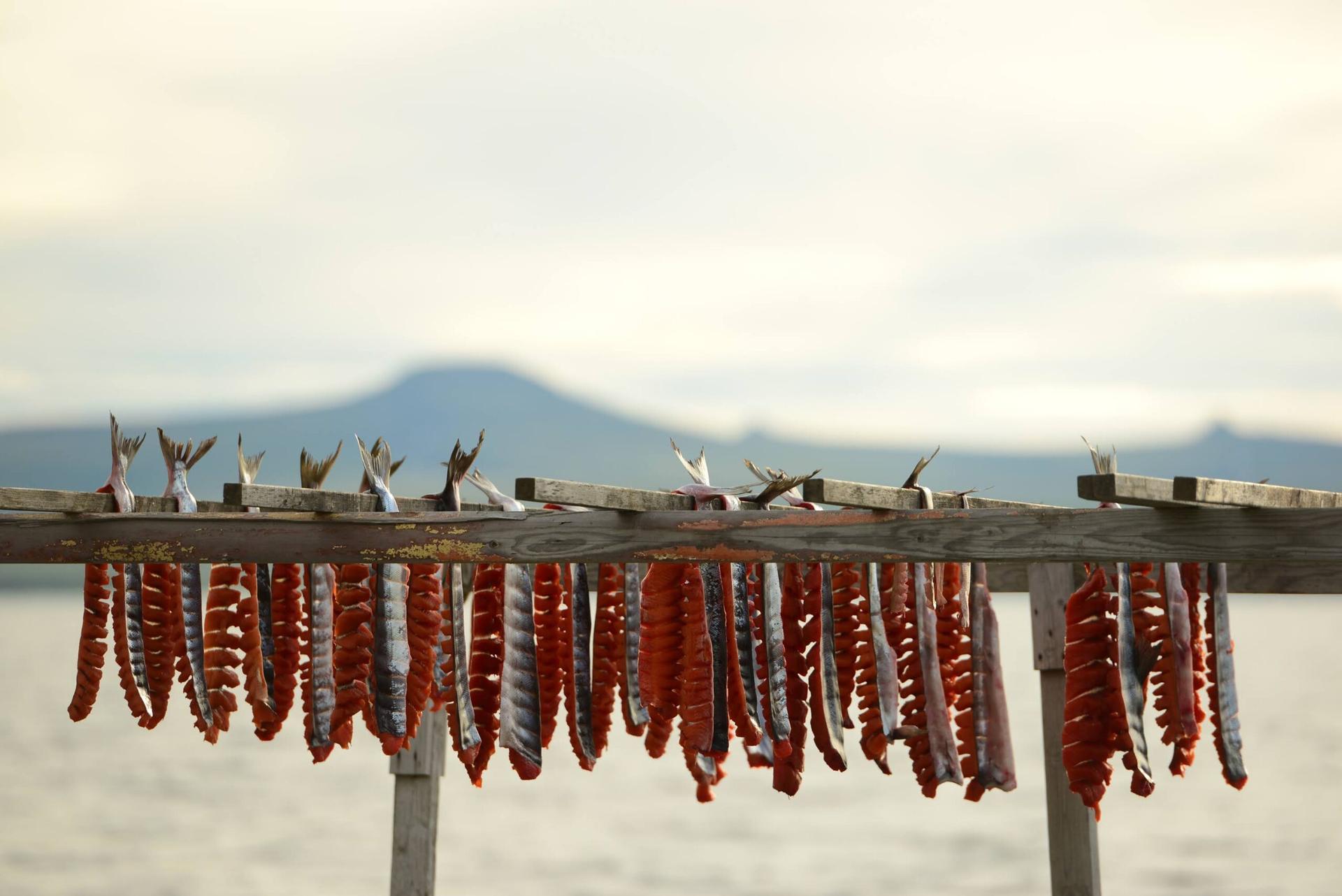
He said it also might help the town finally get running water and sewer systems for the homes there; right now, nearly everyone in town uses what’s known as honey buckets for their toilets.
“It’s money for 50 years or more,” he said. “I’ll be dead by then. But it’ll affect my kids financially.”
Topkok’s kids aren’t in Teller right now. He said they moved away because there are no jobs in town.
He’s done some work driving boats for Graphite One in the past. And he said he thinks the mine can coexist with the locals and their fish and game harvests.
“Anchorage, Alaska, you’ve got moose running around, you’ve got bears running around, they’ll be adapted, you know,” he said. “It’s going to take a year or two, and they’ll be right there.”
Graphite One’s mine, if it’s opened, would benefit the area economically. A regional Indigenous-owned corporation recently said it would invest $2 million in the project.
But, ultimately, it’s a foreign mining company that will be calling the shots — because Graphite One has the mining rights to the land, not Indigenous corporations or tribal governments.
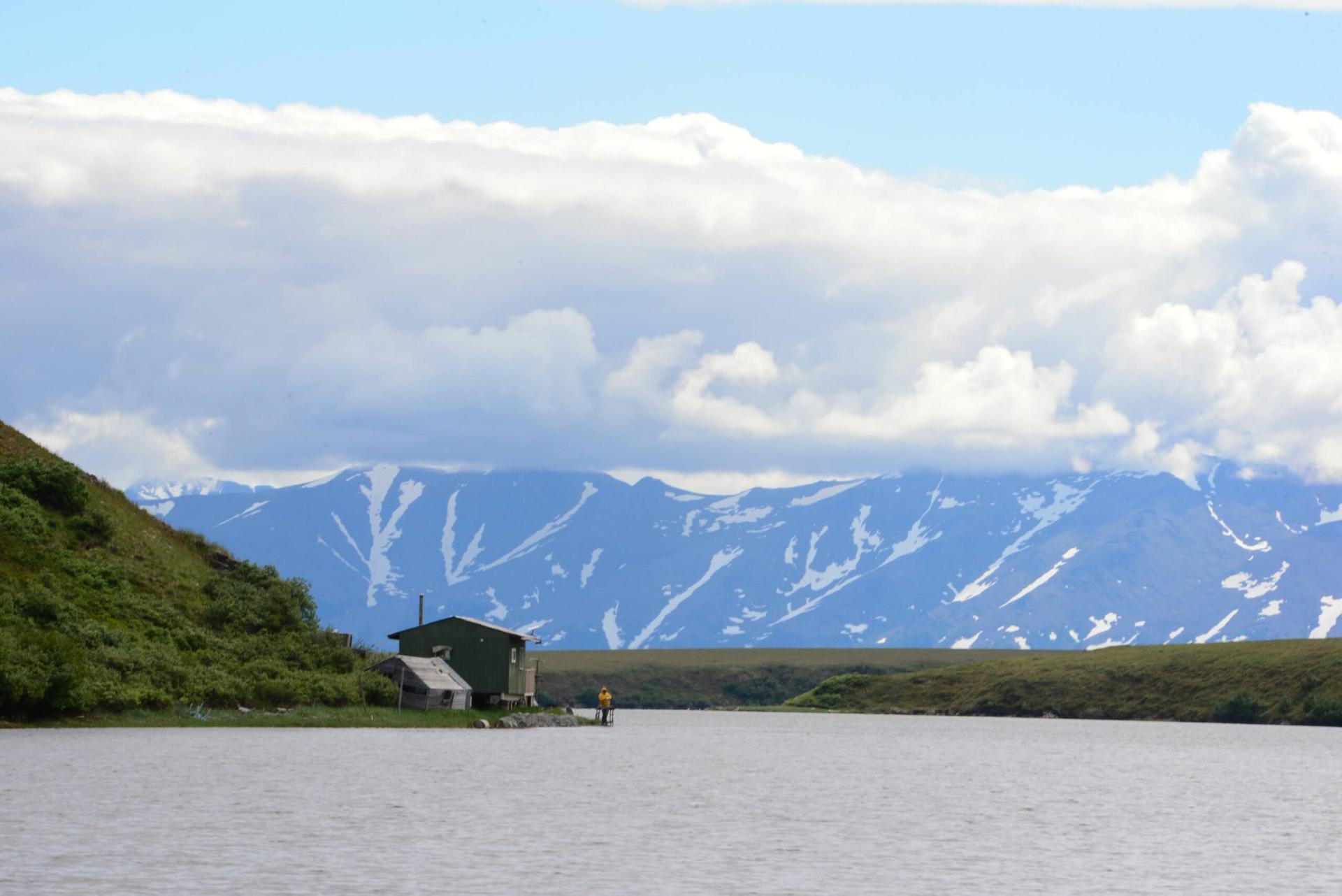
Graphite One’s Canadian chief executive, Anthony Huston, pointed out that the project would come with other benefits: training, jobs and college scholarships.
“I think to myself, ‘What can I do to give these people the potential for a job one day, the potential to put gas in their ski-doo, to be able to live and work and stay in their village, if that’s what they choose to do?’” he said. “And that’s where I see Graphite One really stepping in.”
Huston said he understands the importance of protecting the environment and locals’ subsistence harvests — and the company has spent some money to back up that commitment.
Earlier this year, it decided to fly in fuel to its remote camp rather than barging it through an environmentally sensitive channel, which would have been cheaper.
But objections remain.
Conservation groups have challenged other large Alaska mining projects in the courts, and at least one has already expressed opposition to Graphite One.
Company officials say they expect intense battles over permitting in the years to come.
An earlier version of this story was produced by Northern Journal, APM Reports and Alaska Public Media as part of the Public Media Accountability Initiative, which supports investigative reporting at local media outlets around the country.
The story you just read is accessible and free to all because thousands of listeners and readers contribute to our nonprofit newsroom. We go deep to bring you the human-centered international reporting that you know you can trust. To do this work and to do it well, we rely on the support of our listeners. If you appreciated our coverage this year, if there was a story that made you pause or a song that moved you, would you consider making a gift to sustain our work through 2024 and beyond?
